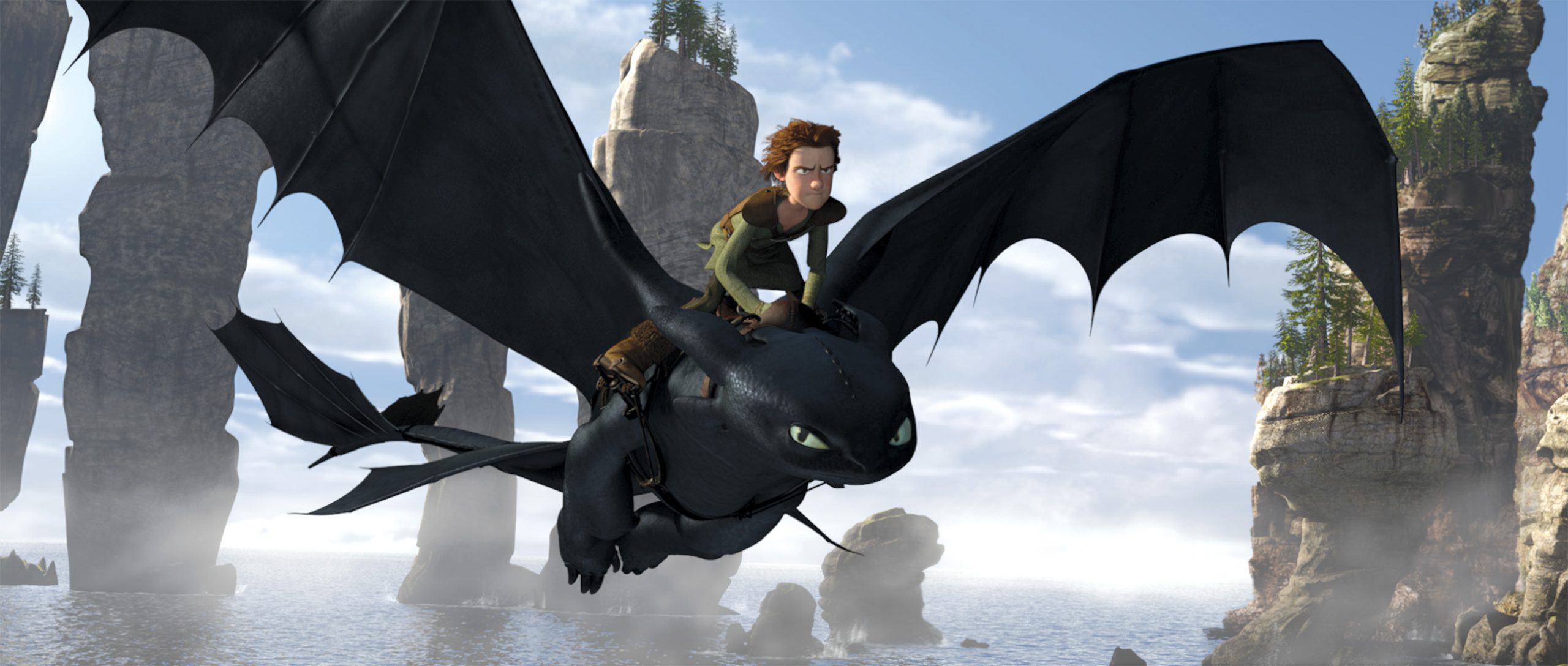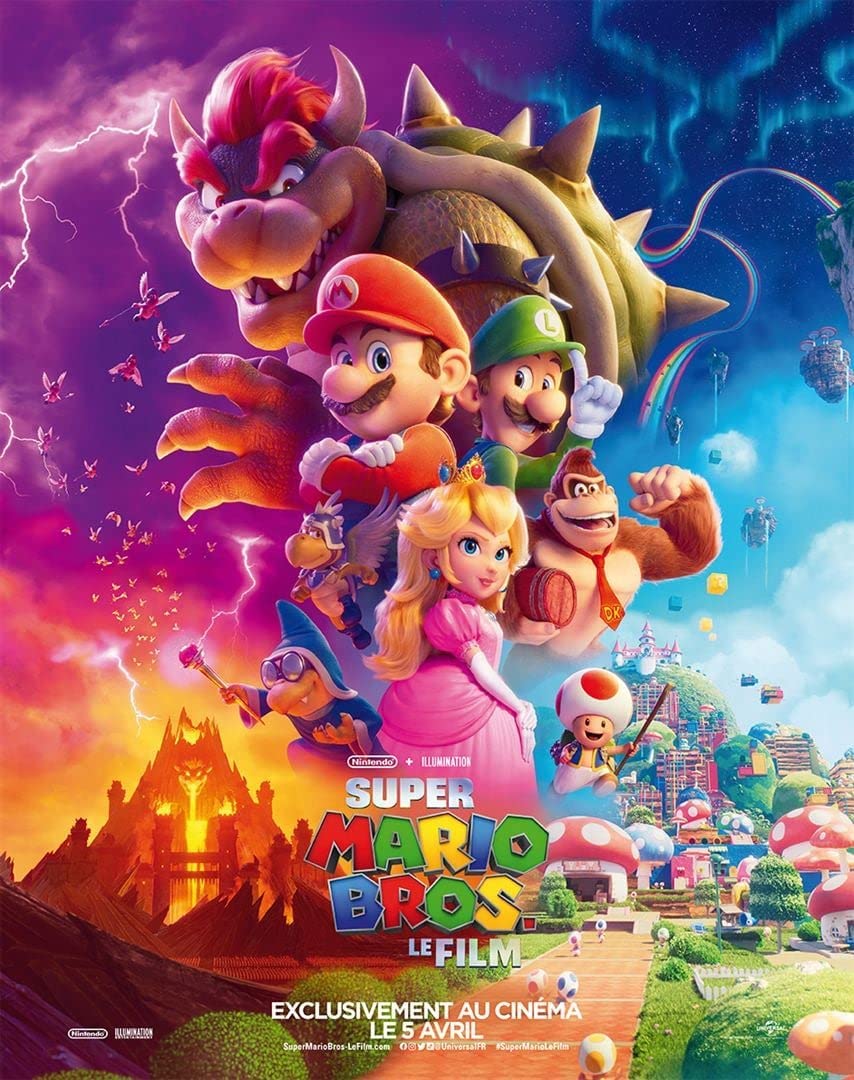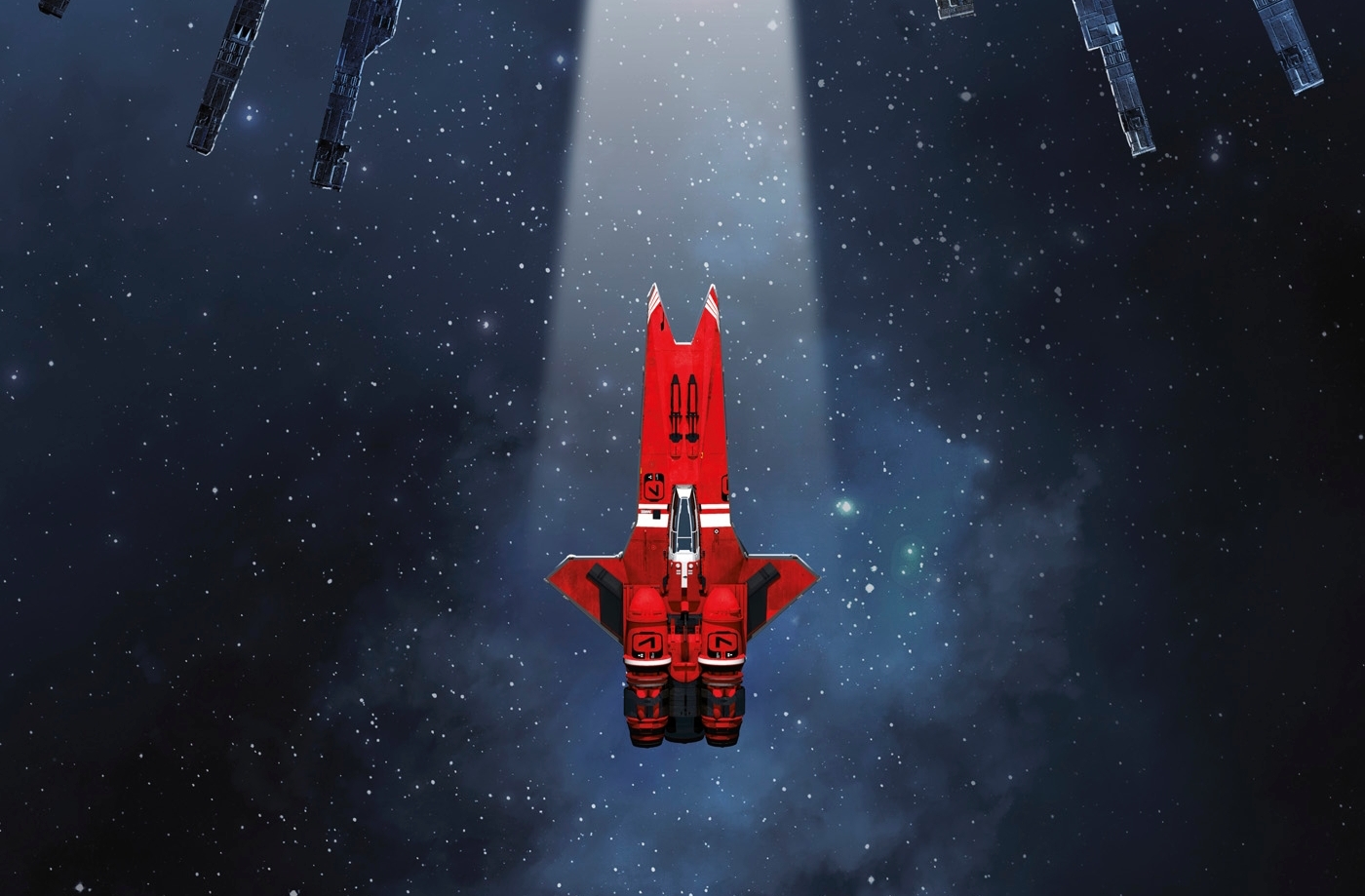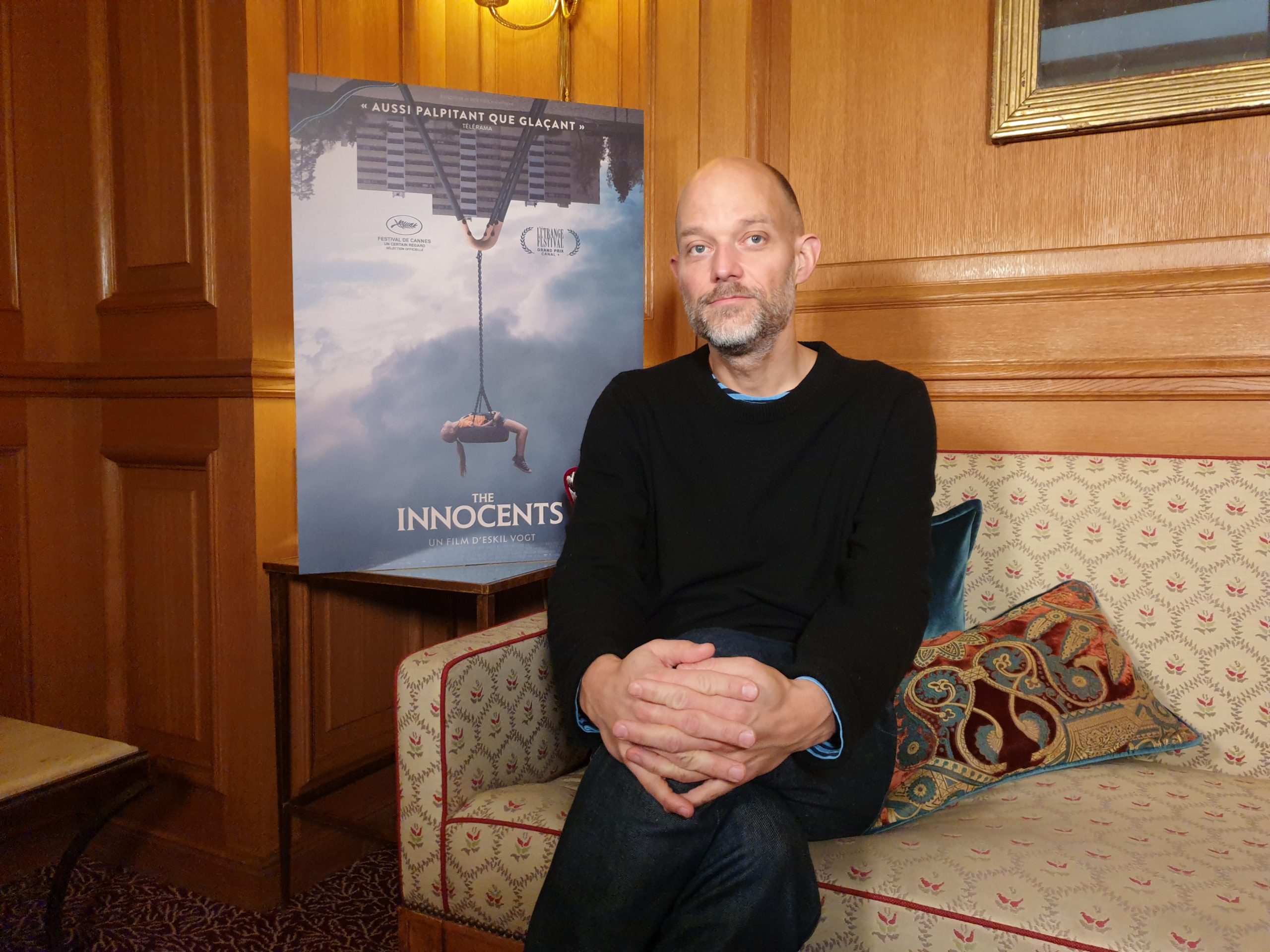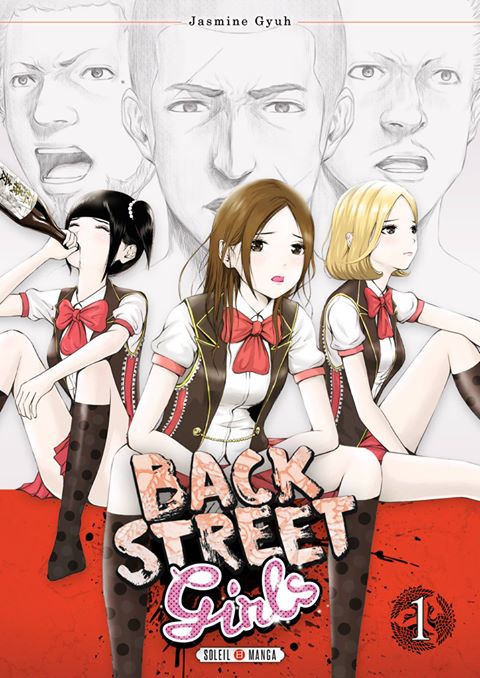On the occasion of the release of Red Alert on March 11, (unfortunately) exclusively on Disney+, the new Disney/Pixar production, Justfocus was invited to a 45-minute exchange with director Domee Shi and producer Lindsey Collins. A screening that took place at the Silencio des Près, in the6th arrondissement of Paris.
What led you to direct Red Alert after your short film Bao?
D. S. : It's a bit like a spiritual child of Bao, I had a lot to explore in the child/parent relationship, but more specifically, in the mother/daughter relationship. I really wanted to make a film for the 13-year-old girl I was. We realize that many things change: the body, hair that appears. It's quite scary, not easy to live, but do not worry because we manage, eventually, to overcome this passage.
Where did this metaphor of the transformation of Mei's character into a giant red panda come from and similarly, why this animal?
D. S. : I really wanted to make a film about the "magic" of puberty. And the red panda immediately came to mind, strangely. Basically, I love them, I find them really cute and underrepresented in the media. But above all, red pandas are hairy, strange and especially red. And red is the color of puberty, menstruation, anger, embarrassment. It was obvious. 
Lindsey Collins, how did you experience the Red Alert adventure with your experience as a mother?
L. C. : It is certain that being a mother of three teenagers, it was my daily search to talk with them. And I'd say I'm more on the mother's side in the film. As for Bao, I liked Bao a lot and I was very curious about what she was going to do with her first feature film. So I really struggled to produce this film and I'm not disappointed with his work at all.
Was it important that the people at the head of this project, from production to artistic direction, were women?
L. C. : It's not something we "decided" to do. We have a pool of talented people, creative leaders at Pixar. And it turned out that those who were most likely to carry out the project were women. We have a screenwriter, an art director, the first supervisor of the technical direction for a Pixar film, obviously Domee directing and myself on the production side. When we were in pre-production, we realized that with a female team, we could go much further. In the most "audacious" ideas, many men said to themselves: "No, maybe it's too much, we should do something else", while women agreed that "it was absolutely necessary to go in this direction" and even further.
Who are your favorite characters from the movie and why?
L. C. : I'm going to go against expectations, but I'd say it's Mei (the heroine, 13 years old). As a mother, I find her very inspiring. When I see her, I'm like, "Oh my god, she's so confident, she's really cool, she's not trying to be popular, she's comfortable in her skin at the beginning of the movie." Even if she has her extravagances, she assumes this side, she keeps the faith, even when the world around her is turned upside down.  D. S. : For me, it would be Mei's friends (Miriam, Priya and Abby). It was really very enriching to write them, to draw them. It reminds me of my own girlfriends when I was younger. There is Miriam, a little tomboy, who pushes Mei a little in other directions, Priya with her gothic side, vampire fan and Abby, who will defend you in any situation. I would have dreamed of having such a gang around me. If I could choose, I would be Priya for her dark side, but also "chill".
D. S. : For me, it would be Mei's friends (Miriam, Priya and Abby). It was really very enriching to write them, to draw them. It reminds me of my own girlfriends when I was younger. There is Miriam, a little tomboy, who pushes Mei a little in other directions, Priya with her gothic side, vampire fan and Abby, who will defend you in any situation. I would have dreamed of having such a gang around me. If I could choose, I would be Priya for her dark side, but also "chill".
Where does this side of sisterhood very present in Red Alert come from?
D. S. : I think it comes from my own friendships during my life. I am an only child, so I experienced relationships with my girlfriends, from college to university, in a very strong, fusional way. The character of Abby is directly based on a friend of mine (Hyein Park, N.D.L.R.) of the animation school I did and who doubles her in the film. She's a Korean girl with the scariest voice I know and when we go to karaoke, she always sings very, very loudly. In the film, she seems to be martyring Mei, but it's just love.
Why did you choose to set the film in 2002 and what are your artistic references for its conception?
L. C. : Domee was already 13 years old at that time, which is really depressing for me (laughs). This is something we have debated at length. At that time, there was no social network. The interest was to create a balance between two poles: family and friends. If we had to include social media, it would have been another pole, whereas we wanted to keep a simple story. It's not that the story wouldn't work in our time, but introducing this theme would be "another red panda." D. S. : In terms of references, Ranma 1/2 is an absolute value for me. I wanted to transcribe this mix of culture in which I grew up, both with animation from the West (Disney/Warner Bros) and that of the East (Ghibli, anime). In the film, Meï is also a symbiosis between these two origins, since she grew up in Canada, in a very pronounced Chinese community. So we combined the two animation models within the film with something very "exaggerated", but also "colorful", inspired by Sailor Moon or kaijus movies. 
Where did you get the idea for what is the first boy band in Pixar history and did you consider doing more songs with them?
D. S. : Who has never wanted to create their own band? Originally, it was more of a joke and they had a lighter role in the first version of the film. It seemed to us that it gave something more authentic for 13-year-old girls to have this desire to go see a boy band. As production progressed, the teams argued that the band needed to be more present. We were lucky enough to have three songs written with Billie Eilish and Finneas O'Connell, beyond that, it was a bit expensive (laughs). For the first, it was important to have a sound that could cheer up in all circumstances. Then, we needed a little "slow" music when Meï fell in love with a boy. And finally, a song to boost themselves, when girls have to earn money to go to the concert. https://www.youtube.com/watch?v=ES-xNbGtlIo L. C. : Little by little, they had more and more space in the script, especially in the third part of the film. And I think people would have rioted if they had been cut out of the film (laughs).
When you come from an Asian family and even more so when you are an only child, you often have the pressure to become a lawyer or a doctor. How did your parents react to your career choice?
D. S. : Indeed, my parents were exactly like that. They were worried that I wouldn't find work in the art world. But I managed to convince them that an animation school would be a good investment for them: "Look, at Disney, there is health insurance, a pension, good working conditions". I was fortunate to have parents who supported me in my dreams, but I had to work hard and be the best to succeed. I went to Sheridan College in Canada where I got a Bachelor of Arts. This has its advantages and disadvantages since they are big promotions, but I was able to get by with my friends. https://www.youtube.com/watch?v=41pXKTSrC_g




